United Kingdom (UK) legislation - A quick guide
 Certified Article
Certified Article
The content of this article is certified for accuracy by the Digital Accessibility Centre.
The Equality Act 2010

The Equality Act 2010 brings together over 116 separate pieces of legislation into one single Act. It is a combination of acts that were previously used in law including the Equal Pay Act 1970, the Race Relations Act 1976, and the Disability Discrimination Act 1995.
In a move to ensure that there is no misinterpretation of the Equality Act, the Equality and Human Rights Commission published a Statutory code of Practice which states that websites are included in the scope of the Equality Act under the provision of services.
In this way the Equality Act, which we will refer to simply as ‘the Act’, applies to websites, although it does not outline a technical standard that must be met.
One of its main principles is that everyone should have the same chance to do what they can, and that some people may need extra help to get the same chance.
Giving extra help to people with a disability who need it for reasons set out in the Act is not seen as favourable treatment. But if extra help is available to one group of people with a particular disability or impairment, it must be available to all groups.
Disability is one of the nine protected characteristics of the Act. The other eight are:
· Age
· Gender reassignment
· Marriage or civil partnership (in employment only)
· Pregnancy and maternity
· Race
· Religion or belief
· Sex
· Sexual orientation
Discrimination that happens due to one or more of these characteristics is unlawful. We all have some form of protected characteristic, and everyone is entitled to the same treatment and should have the same opportunities. The Act exists to protect everyone.
It is made up of 16 parts, which are split into chapters and sections. We will be looking at two specific sections of the Act.
Part 2 Chapter 2 Section 20: duty to make adjustments.
The duty to make adjustments extends to online services and websites since all organizations must make reasonable adjustments for people with disabilities or impairments.
This is an ‘anticipatory’ duty meaning that you should not wait for a disabled person to find a barrier with your service but must think in advance, and on an ongoing basis, about what a person with a disability might need for access. All information must also be provided in an accessible format.
Part 3 Section 29: provision of services etc.
Part 3 Section 29 outlines what is expected of a Service provider regarding the way in which those services are provided. It states that a person using a service must not suffer detriment due to a protected characteristic.
Put very simply, if a person with a disability, such as impaired sight or blindness, cannot access your website with a screen reader or other aid, you could be in breach of the Act and be held accountable for discrimination.
If your website contains flashing images that could have an effect on a person with epilepsy and trigger an epileptic seizure, then it could be seen as discrimination. That person cannot use your website. Mobility impaired users who cannot use a mouse and rely on keyboard only must be considered, and for cognitively impaired users this could mean making sure your website functions in a predictable way.
In summary, companies should make reasonable adjustments to their websites to create a more inclusive experience.
As with most accessibility laws, the Equality Act should work in accordance with WCAG Level AA guidelines.
All public sector websites should now comply with WCAG 2.1 Level AA standards. Although there is at present no official deadline for private sector websites to comply with WCAG 2.1, it is still best practice to design and maintain your website with accessibility in mind.
A link to the Public Sector Bodies Accessibility Regulations 2018 can be found in the text portion of this lesson.
Making your website as accessible as possible has many benefits, avoiding legal costs due to disability discrimination is just one of them.
UK Public Sector Regulations
Following the United Kingdom's exit from the European Union, the nation instituted regulatory standards that pertain to web accessibility. The U.K. adopted web accessibility regulations requiring public websites and apps to meet WCAG 2.2 AA standards and publish detailed accessibility statements. These should outline non-accessible content and explain why, offer alternative content formats, provide links for feedback or requests and a protocol to address unresolved issues.
These mandates necessitate that all public websites and applications adhere to the WCAG 2.2 AA criteria. Moreover, these digital platforms must release comprehensive statements regarding their accessibility that outline any content that may be non-accessible and provide reasoning behind the inaccessibility.
These statements must also offer alternative content formats and provide links for feedback or requests on the matter. Finally, a protocol must also be in place to ensure the resolution of any unresolved accessibility issues.
When creating an accessibility statement for a website operating in the United Kingdom, it is essential to follow the guidelines listed in the checklist.
In addition, it is strongly recommended that the statement clearly specifies whether it pertains solely to the primary domain or includes the subdomains. Furthermore, a comprehensive description of the accessibility testing process, including the most recent assessment date, should be provided, along with a commitment to conducting regular audits to ensure continuous improvement.
This approach will help to ensure that the website meets the requirements of the Equality Act 2010 and that its content is accessible to all users, including those with disabilities.
United Kingdom (UK) legislation - A quick guide was posted on 22/04/2024 @ 16:01
